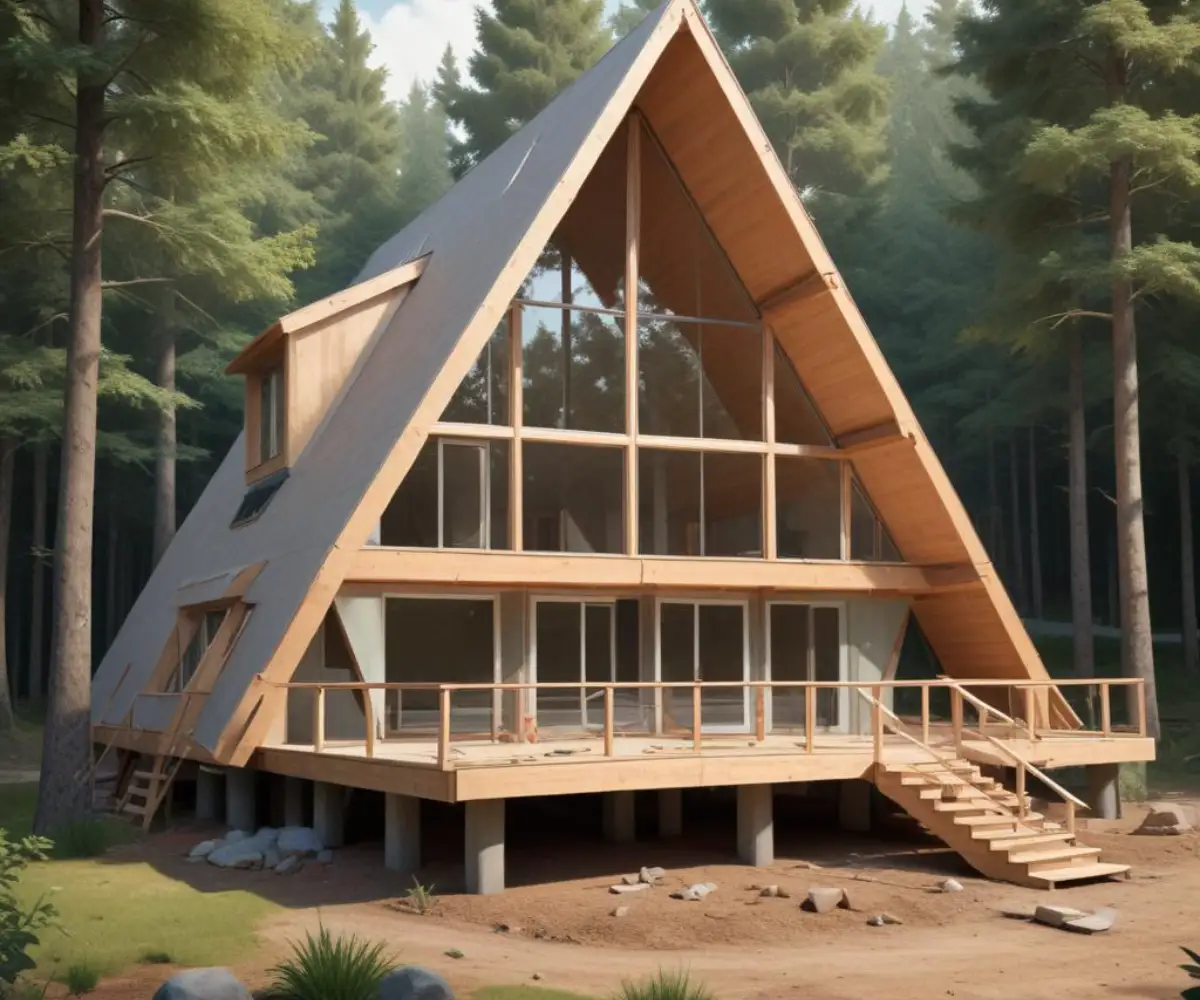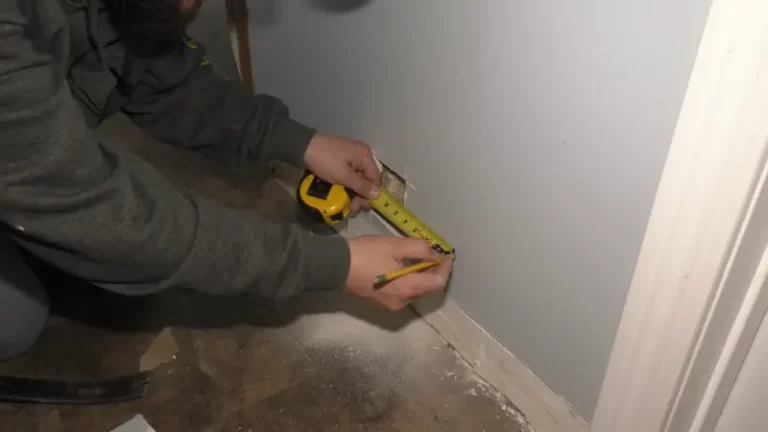84 Lumber House Kits: The Brutally Honest Review You Need Before Buying
The dream of building a new home often collides with the harsh reality of soaring costs and complex construction processes. For many aspiring homeowners, the search for an affordable, straightforward path to homeownership leads them to house kits. This is where 84 Lumber house kits enter the picture, promising a streamlined and budget-friendly alternative to traditional home building. But does the promise hold up under scrutiny?
The core problem many potential buyers face is a sea of uncertainty. Vague pricing, questions about material quality, and the daunting task of turning a pile of lumber into a livable home can be overwhelming. This in-depth review will tackle these issues head-on, providing the clarity needed to make a confident decision.
You'll Learn About
What Exactly Are 84 Lumber House Kits?
Since the 1980s, 84 Lumber has offered home packages, evolving from a program called “Affordable Homes Across America” into a diverse collection of plans. These kits are not fully prefabricated homes; instead, they are comprehensive materials packages based on a specific set of blueprints. You receive the lumber, framing, siding, roofing, windows, and doors needed to construct the home’s exterior shell and interior framing.
It’s crucial to understand what is not included. The buyer is responsible for the foundation, plumbing, electrical, HVAC, insulation, drywall, and all interior finishes like flooring, cabinets, and paint. Essentially, the kit provides the structural bones of the house, leaving the rest to you or your contractor.
The Range of Options: From Tiny Homes to Grand Manors
84 Lumber offers a surprisingly vast selection of home plans, catering to various tastes and needs. Their portfolio includes everything from quaint vacation cottages and practical ranch-style homes to spacious two-story colonials and elegant Victorian designs. They also famously ventured into the “Tiny Living” market, offering plans for compact homes on wheels, though their focus remains on more traditional foundation-built houses.
With nearly 60 different models available, the company aims to provide a starting point for almost any homebuyer. While the blueprints themselves are not modifiable, the material packages can be adjusted to suit different budgets and preferences, allowing for some level of customization.
The Big Question: Cost vs. Reality
One of the biggest draws of a house kit is the perceived cost savings. An 84 Lumber kit price might look incredibly attractive at first glance. However, that initial number is just the beginning of the financial journey. The kit price represents only a fraction of the total “all-in” cost to build a finished home.
User experiences highlight this gap between the kit price and the final cost. One individual noted their $65,000 kit resulted in a finished home just shy of $100,000, but this was with them performing a significant amount of the labor themselves. Hiring a general contractor can dramatically increase the total, with some estimating a final cost of $300,000 for a project that started with a $72,000 kit.
Uncovering the “Hidden” Costs
The most significant challenge for prospective buyers is accurately budgeting for the expenses that fall outside the kit. These are not truly “hidden,” but they require diligent research and planning. Key costs to factor in include:
- Land: Acquiring and preparing the land can be a substantial expense.
- Foundation: Whether you choose a slab, crawlspace, or basement, this is a major cost not included in the kit.
- Utilities: Connecting to water, sewer or septic, and electricity can cost thousands.
- Labor: Unless you are an experienced builder, you will need to hire contractors for excavation, foundation, framing, roofing, and all interior trades.
- Mechanicals: Plumbing, electrical, and HVAC systems are significant investments.
- Finishes: The cost of everything from drywall and flooring to cabinets and countertops adds up quickly.
- Permits & Fees: Local municipalities have various permit requirements and impact fees that must be paid.
Failing to account for these items is the number one reason budgets spiral out of control. It’s essential to get detailed quotes from local contractors for every phase of the project before committing to a kit.
A Deep Dive into the Pros and Cons
Making an informed decision requires a balanced look at both the advantages and disadvantages of choosing an 84 Lumber house kit. The experience can be rewarding, but it’s not without its potential pitfalls.
The Advantages: Why a Kit Might Be Right for You
The primary benefit is the potential for significant savings, especially for those willing and able to act as their own general contractor or contribute sweat equity. By managing subcontractors and doing some of the work yourself, you can avoid the markup charged by a traditional home builder. One user on Reddit successfully acted as an owner-builder with an 84 Lumber kit, customizing it and finding the process much cheaper.
The kits also offer a streamlined materials procurement process. Instead of sourcing lumber and components from multiple suppliers, you receive a coordinated package delivered to your site. 84 Lumber typically stages these deliveries based on the construction schedule, ensuring you have the right materials when you need them.

Furthermore, the quality of the materials is generally considered to be good. Users and builders have noted that the lumber and components provided are of a decent, reliable standard, especially when compared to sourcing from big-box retail stores.
The Disadvantages: Potential Problems and Headaches
The biggest challenge is the complexity of the project. Building a house is a massive undertaking, and an 84 Lumber kit is far from a simple, plug-and-play solution. Without significant construction experience, managing the project can become overwhelming. You are the one responsible for scheduling, quality control, and problem-solving on site.
Another major hurdle can be securing financing. Construction loans are more complex than traditional mortgages, and lenders may be hesitant to work with owner-builders who lack a proven track record. This was a significant obstacle noted by potential kit home builders.
Finally, there are risks associated with material quality and customer service. While many have positive experiences, some customers have reported issues with lumber shrinking or warping. Navigating disputes or getting resolutions for shoddy work can be a frustrating process, as seen in some documented legal battles over construction quality.
The Building Process: What to Realistically Expect
Embarking on an 84 Lumber kit build is a multi-stage process that demands careful planning and active management. From the initial blueprint selection to the final coat of paint, understanding the timeline and your role in it is critical.
Step 1: Planning and Financing
This is the most crucial phase. Before you even contact 84 Lumber, you need to have your land, a complete budget, and financing lined up. Work with local contractors to get firm quotes for all the work not covered by the kit. Presenting a detailed plan and budget to a lender will significantly improve your chances of securing a construction loan.
Step 2: Ordering and Site Preparation
Once you’ve selected your model, you’ll work with an 84 Lumber associate to finalize your materials package. While this is happening, your site work should begin. This includes clearing the land, grading, and pouring the foundation. Proper site preparation is essential for a smooth build; errors here can cause major headaches later on.
Step 3: The “Dry-In” Phase
The materials will be delivered in stages. Your framing crew will use the lumber, sheathing, and trusses to erect the structure of the house. This is followed by installing the windows, exterior doors, and roofing. The goal of this “dry-in” phase is to create a weather-tight shell, protecting the interior from the elements so that mechanical and interior work can begin.
Step 4: The Long Road of Interior Finishing
With the shell complete, the real work of turning the structure into a home begins. This involves hiring and managing plumbers, electricians, and HVAC technicians. After their rough-ins are inspected and approved, insulation and drywall are installed. This is also the stage where you might encounter unexpected issues, like needing to find creative solutions for framing, such as when you have to frame a stud pocket for a door or built-in.
Finally, you’ll move on to the finishes: flooring, trim, painting, cabinet installation, and fixture placement. The cost of these finishes can vary dramatically. For example, understanding the details of a project like the Kohler shower installation cost can help you budget more effectively for your bathrooms. Be mindful that new construction can sometimes produce unexpected noises; addressing a high pitched noise from ceiling early is better than waiting until the project is complete.
Key Models and What Makes Them Unique
While 84 Lumber offers a wide array of plans, a few distinct styles and collections stand out. Understanding these can help you narrow down your search for the perfect fit.
The “Affordable Collection” focuses on designs that are economical to build, both in terms of materials and labor, without sacrificing quality. On the other end of the spectrum, the “Oaks Collection” features more elaborate architectural styling and well-designed floor plans for those seeking a more custom feel.
Their plans cover all the classic American home styles:
- Ranch: Single-story homes emphasizing simplicity and functionality.
- Two-Story: Classic styles like Colonials and Farmhouses that form the backbone of American home construction.
- Vacation: Charming getaway homes and cottages with open floor plans.
- Tiny Homes: Though less of a focus now, these compact, often mobile, designs cater to a minimalist lifestyle.
Comparative Analysis: 84 Lumber vs. Competitors
To provide a clearer picture of where 84 Lumber stands, a comparison with other kit home providers is essential. The table below outlines key differences between 84 Lumber and other popular options.
| Feature | 84 Lumber | Menards | Log Cabin Kits | Steel Building Kits |
|---|---|---|---|---|
| Kit Contents | Primarily exterior shell materials (framing, siding, roofing, windows, doors). Some packages include interior components. | Often more inclusive, sometimes featuring fixtures, cabinets, and other interior items. | Specialized log and timber frame packages, often just the structural shell. | Steel frame, roofing, and wall panels. Primarily for the exterior shell. |
| Construction Type | Traditional stick-built construction. | Traditional stick-built construction. | Log or timber frame assembly, which can be complex. | Steel frame erection, often requiring specialized equipment. |
| Customization | Limited to material upgrades; blueprints are fixed. | Varies by plan, but generally offers some flexibility in materials. | Often highly customizable floor plans and log profiles. | Limited architectural customization, primarily industrial or barn-style aesthetics. |
| Best For | Owner-builders or those with a trusted contractor looking for a traditional home build with material sourcing simplified. | DIYers looking for a more all-inclusive kit for a standard home design. | Those seeking a rustic, specific aesthetic and who are prepared for the unique challenges of log construction. | Individuals wanting a durable, low-maintenance structure, often for a barndominium or workshop home. |
The Final Verdict: Is an 84 Lumber House Kit a Smart Investment?
An 84 Lumber house kit is neither a magic bullet for affordable homeownership nor a project to be taken lightly. It is a viable, potentially cost-effective path for the right person. The ideal candidate is someone with a strong understanding of the construction process, excellent project management skills, and either the ability to perform some of the work themselves or a network of trusted, affordable subcontractors.
For the average person with limited building experience, the dream of saving money could quickly turn into a nightmare of budget overruns, scheduling delays, and quality control issues. In such cases, hiring a reputable general contractor from the start, even if it costs more upfront, is the wiser decision. Ultimately, an 84 Lumber house kit is a tool. In the hands of a skilled and prepared individual, it can be used to build a beautiful, affordable home. For the unprepared, it can become a very expensive and stressful lesson.

